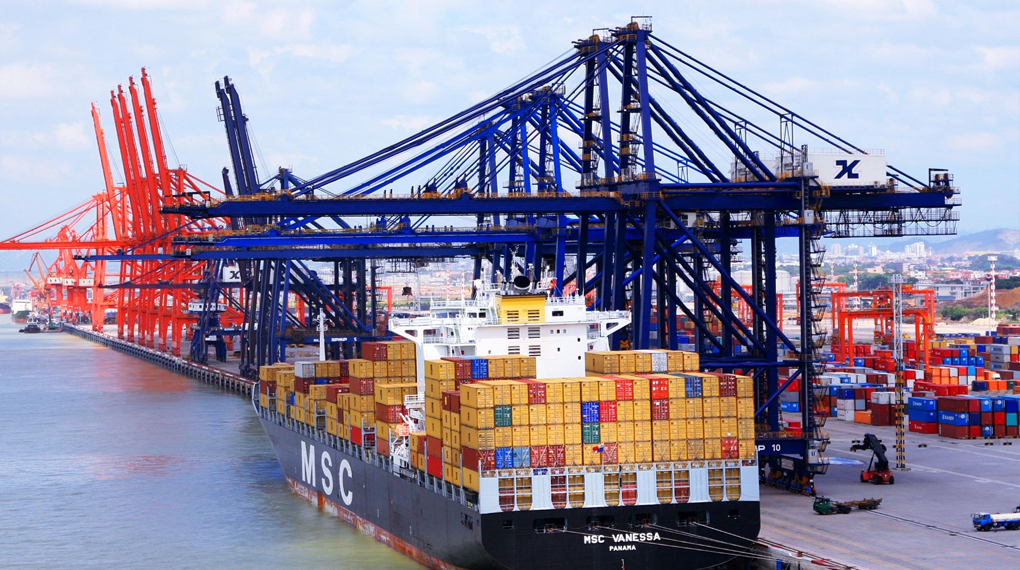
How Europe’s F-Gas Ban is Shaping U.S. Refrigeration Trends
Introduction
Europe’s aggressive F-Gas Regulation (phasing out hydrofluorocarbons, or HFCs) is sending shockwaves across the global refrigeration industry—and the U.S. market is no exception. With stricter EPA mandates mirroring the EU’s approach, commercial refrigeration manufacturers must adapt to low-GWP (Global Warming Potential) refrigerants or risk losing competitiveness. BTW, Camay is leading the global trend which has applied one of the most trending eco-friendly natural gas in most products for several years already, later in this article we will try to find which is the most trending gas for refrigeration industry.
In this article, we’ll analyze:
- How the EU F-Gas Ban is influencing U.S. policies.
- The top alternative refrigerants gaining traction.
- Strategic steps for businesses to future-proof their refrigeration systems.
Europe’s F-Gas Ban: A Catalyst for Change
The EU’s F-Gas Regulation (2024 update) mandates a 79% reduction in HFCs by 2030, pushing industries toward natural refrigerants like:
- CO₂ (R744)
- Ammonia (R717)
- Hydrocarbons (R290, R600a)
Why It Matters for the U.S.:
- The EPA’s AIM Actmirrors EU rules, targeting a 40% HFC reduction by 2024.
- Companies exporting to Europe must comply, forcing global supply chain adjustments.
- S. supermarkets and cold storage operators face rising costs for retrofitting or replacing HFC-based systems.
3 Key Trends in U.S. Commercial Refrigeration
- CO₂ Refrigeration Systems Surge
Benefits: Non-toxic, energy-efficient, and compliant with GWP <1.
Challenges: Higher upfront costs and specialized maintenance.
Adoption: Major retailers like Walmart and Aldi already use transcritical CO₂ systems.
- Hydrocarbon Refrigerants Gain Traction
R290 (propane) and R600a (isobutane) are popular for:
Small commercial freezers
Food service refrigeration
Safety note: Requires ATEX-certified equipment due to flammability risks.
- “Smart” Refrigeration with IoT Monitoring
New systems integrate leak detection and remote diagnostics to manage alternative refrigerants safely.
Example: Carrier’s Greenspeed™ Technology optimizes energy use for CO₂ systems.
What U.S. Businesses Should Do Now
- Audit Existing Equipment
Identify HFC-dependent systems needing retrofits or replacements.
Prioritize high-GWP refrigerants like R404A/R507 (banned in EU since 2020).
- Invest in Future-Proof Solutions
Modular systems allow gradual transitions (e.g., hybrid CO₂/HFC units).
Partner with manufacturers offering F-Gas-compliant retrofitting services.
3. Leverage Incentives
U.S. tax credits (Section 45L) for energy-efficient upgrades.
Utility rebates for CO₂ or hydrocarbon-based systems.
Industry Outlook: Challenges & Opportunities
Challenge: Retrofitting costs (up to 30% more than HFC systems).
Opportunity: Brands adopting eco-friendly refrigeration can market sustainability to consumers.
Prediction: By 2030, natural refrigerants will dominate 60% of new U.S. installations (source: IIR).
Keywords:
